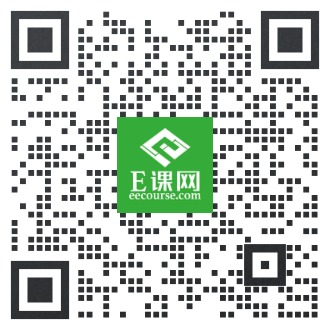











Scan the code for free listening and consultation on IC courses!


E课网(www.eecourse.com) is a professional integrated circuit education platform under Moore Elite, dedicated to cultivating high-quality professional talents in the semiconductor industry. The platform is oriented towards the job requirements of integrated circuit companies, providing practical training platforms that align with corporate environments, quickly training students to meet corporate needs.
E课网 has a mature training platform, a comprehensive course system, and a strong faculty. It plans to establish a premium course system for the semiconductor sector with 168 courses covering the entire integrated circuit industry chain and has four offline training bases. To date, it has deeply trained a total of 15,367 people and directly supplied 4,476 professional talents to the industry. It has established deep cooperative relationships with 143 universities and has held 240 corporate-specific IC training sessions.